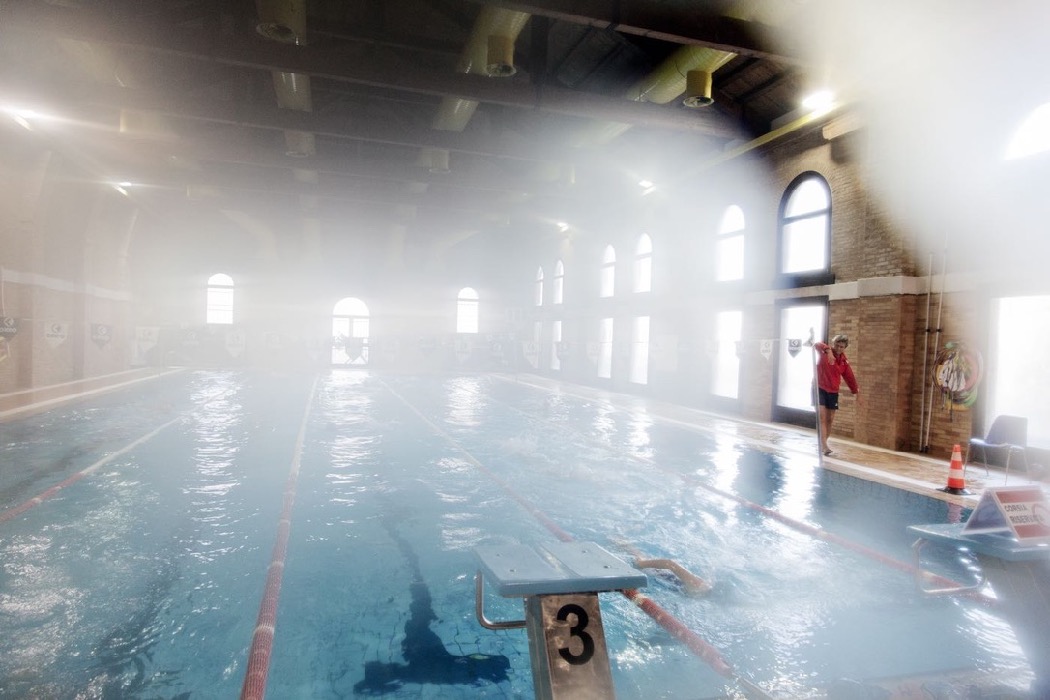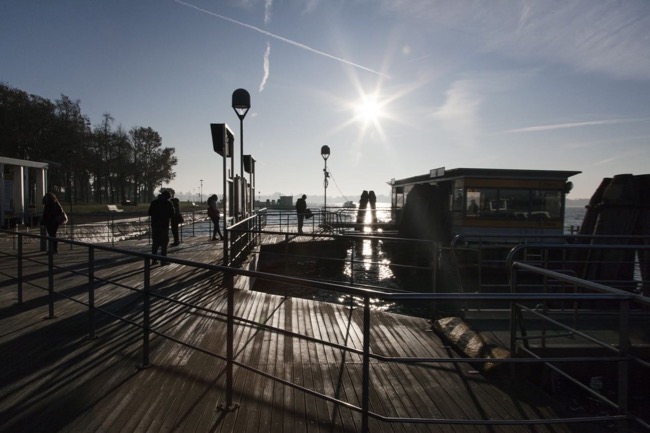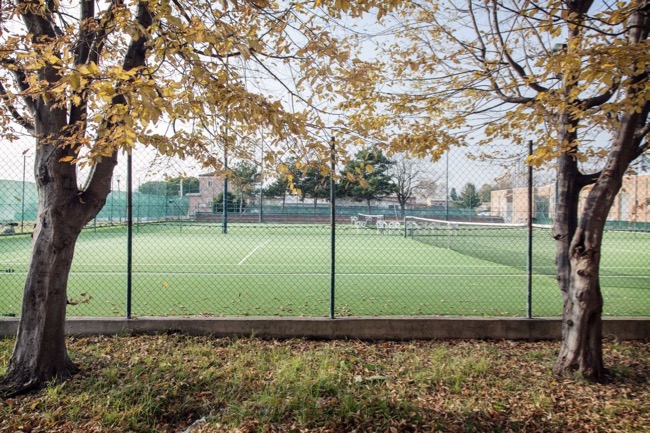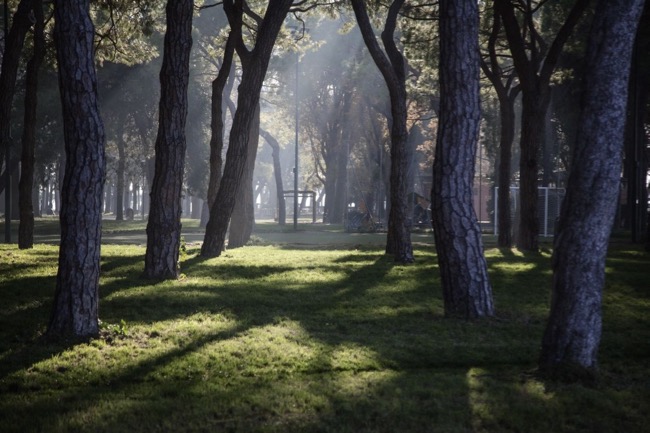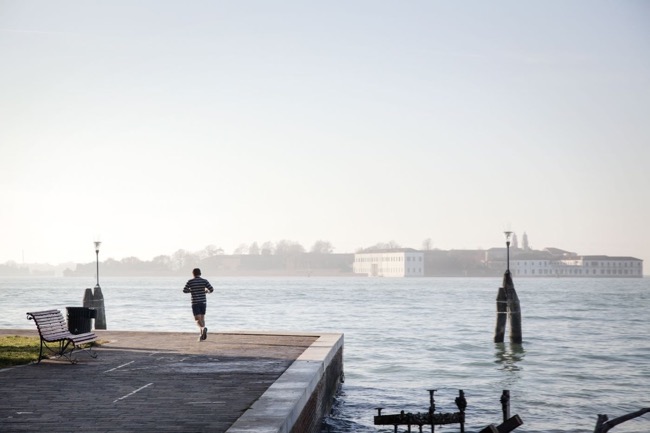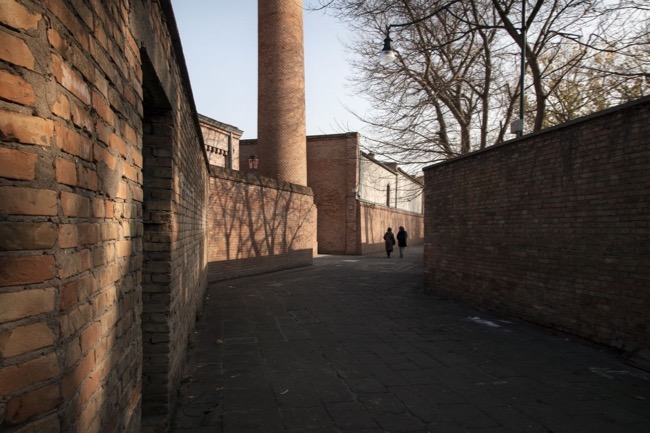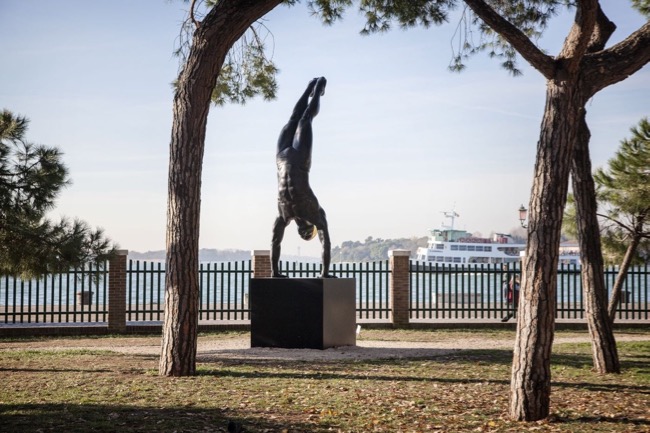But back to the canals. Hardly anyone is aware that you’re entirely at liberty to move around on Venice’s waters by boat. Perhaps you have your own small boat? Wonderful, then you can easily set off into the canals. All you need to do is follow the water transport regulations. Or rent a boat: the range of providers is enormous and taking a boat is a great way to explore the city from a fresh perspective, and to travel as people here have done for centuries. But watch out – the canals aren’t entirely without risk for the inexperienced due to the many watercraft, and sometimes the high waves and breakers the big ships cause.
So, my tip would be to favour the off-season (late autumn to spring is an ideal time, for example, although you should avoid the Carnival). I would also tend to stay around the city periphery, just to enjoy Venice and its canals in peace and tranquillity. You could also take one of the many guided trips on offer: these are a real experience, especially during the evening.
A brief historical interlude: Venice was a maritime republic and seagoing has long characterised life in the Lagoon City. And today, too, many people still keep these old traditions alive. Here I’m thinking particularly of the Venetian rowers, the Canottieri della Giudecca, whose pride is greater than ever today. By contrast with the English rowing style (which you’ve probably seen on TV), here you row standing up on the boat and facing straight ahead. The oars are not drawn through the water, but the rowing motion involves a combination of pushing, pulling and turning the oar instead. This technique became pre-eminent in Venice, as it not only makes fishing easier but also makes the canals simpler to navigate.
Imagine that iconic image you have in your head of the gondolieri and you’ll see what I mean. Members can go out to sea in the Canottieri boats, wearing their red sailor’s jerseys. So, why are you just standing there? Sign up!
The Reale Società Canottieri Bucintoro is the oldest Cannottieri society in the whole of Italy , dating back to 1882. It has its headquarters in the old salt warehouses of the former customs duty station, the Punta della Dogana, which have existed more than 600 years. In this extraordinary boathouse, you can experience live the thousand-year-old seafaring culture and the multitude of boat types that have resulted from it: between a puparìn, a caorlina, a dinghy, a mascareta boat, you’ll also come across three gondolini and a ballottina.
And if you’re lucky, you might find one or two other rarities tucked away here, such as Venice’s most beautiful historic gondola dating back to the early 20th century. This masterpiece was constructed in the workshop of the famous master of the craft Giubboni. It’s easy to organise a rowing session with one or more of the teachers from the Società Bucintoro. Then, sailing behind Giudecca Island, you’ll find sports groups fleeing Venice’s cramped conditions, where there is little respite among all the houses and churches.


